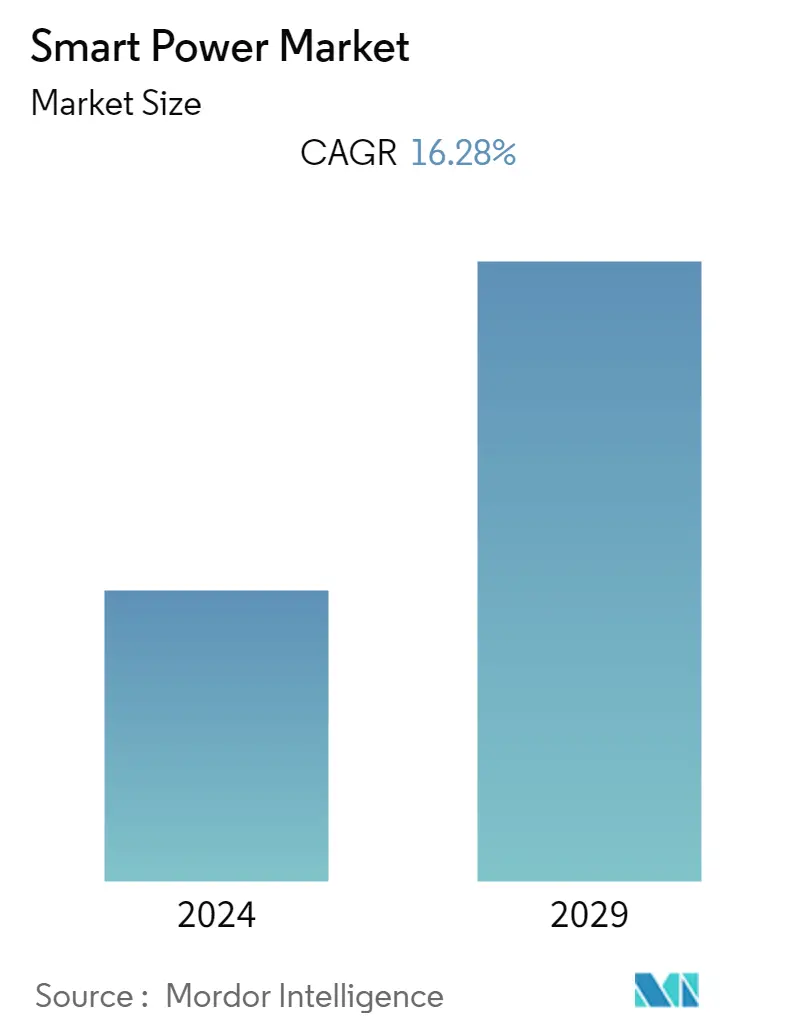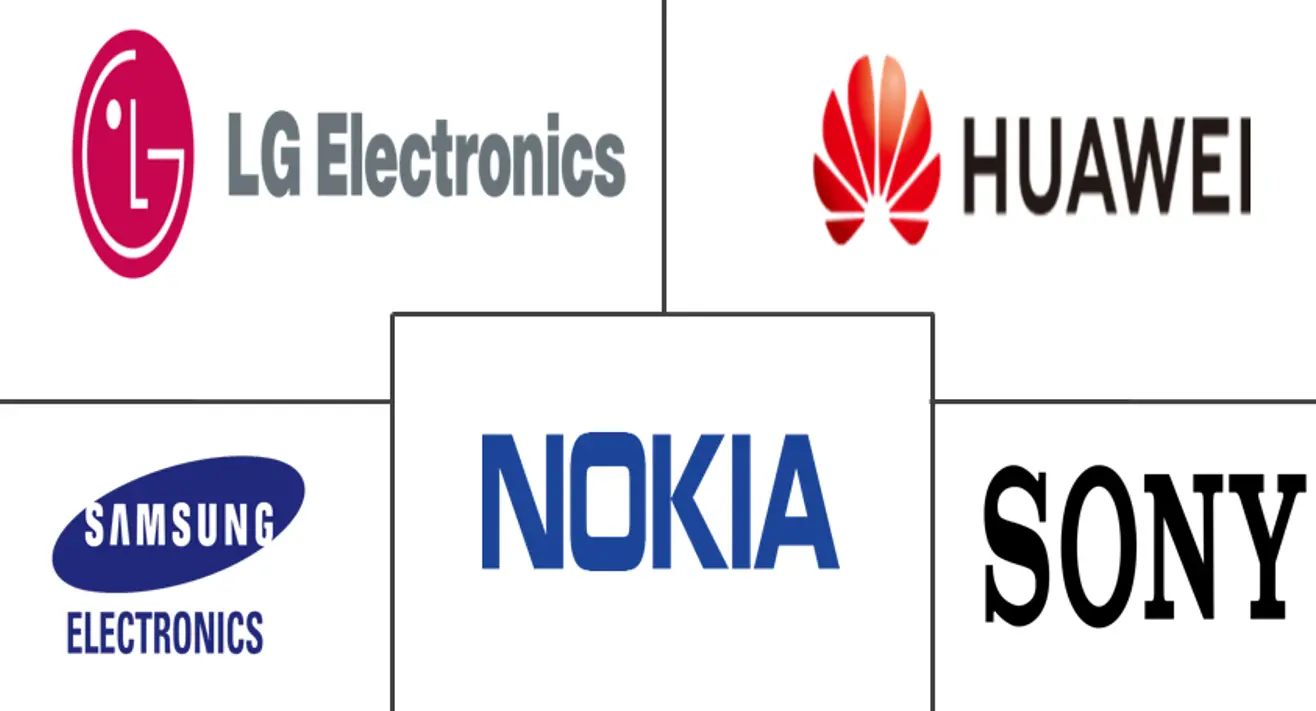Market Size of Smart Power Industry

| Study Period | 2019 - 2029 |
| Base Year For Estimation | 2023 |
| CAGR | 16.28 % |
| Fastest Growing Market | Asia Pacific |
| Largest Market | Asia Pacific |
| Market Concentration | Medium |
Major Players
*Disclaimer: Major Players sorted in no particular order |
Need a report that reflects how COVID-19 has impacted this market and its growth?
Smart Power Market Analysis
The global smart power market (henceforth, referred to as the market studied) was valued at USD 7.67 billion in 2019, and it is projected to be worth USD 22.5 billion by 2025, registering a CAGR of 16.28% during 2020-2025. Wireless charging is an advanced technology of transmitting power through an air gap to electrical devices for energy replenishment. In the current market scenario, the recent progress in wireless charging techniques and commercial products' development has provided a promising alternative way to address the energy bottleneck of traditionally portable battery-powered devices.
- The incorporation of different wireless charging solutions into the existing wireless communication systems also presents a series of challenging issues with regard to scheduling, implementation, and power management, which act as major market restraints. Moreover, the market studied is gaining significant traction as this technology attracts a wide range of applications, from low-power toothbrushes to smartphones, because of its convenience and better user experience.
- In the recent past, wireless charging rapidly evolved from theories toward standard features on commercial products, especially mobile phones and portable smart home devices. In 2012, the Nokia 920 became the first smartphone with built-in Qi wireless charging capability; instead of using a wired battery charger, consumers could rest the smartphone on a wireless charging pad.
- Companies that currently offer wireless charging in smartphones (without an aftermarket product) include Apple, Samsung, Sony, LG, Nokia, Huawei, Microsoft, Google, and Blackberry. Wireless charging is also making inroads in laptops, although the adoption lags smartphones. The first wireless charging compatible laptop was Dell's Latitude 7285, which was introduced in the summer of 2017. Additionally, there are currently 18 car brands that offer wireless charging in cars, either as a standard option or an add-on solution.
- With the surging market penetration of wireless charging technologies, microwave beamforming has been adopted as a means to remotely power electronic products. The Qi specification, developed and supported by the Wireless Power Consortium (WPC), encompasses a combination of inductive charging and magnetic resonance technologies.
- Amidst the outbreak of COVID-19, the market is witnessing halting of production and disruption in the supply chain, leading to weakened growth of industrial output and the decline of wireless charger device manufacturing output across significant manufacturing hubs.
